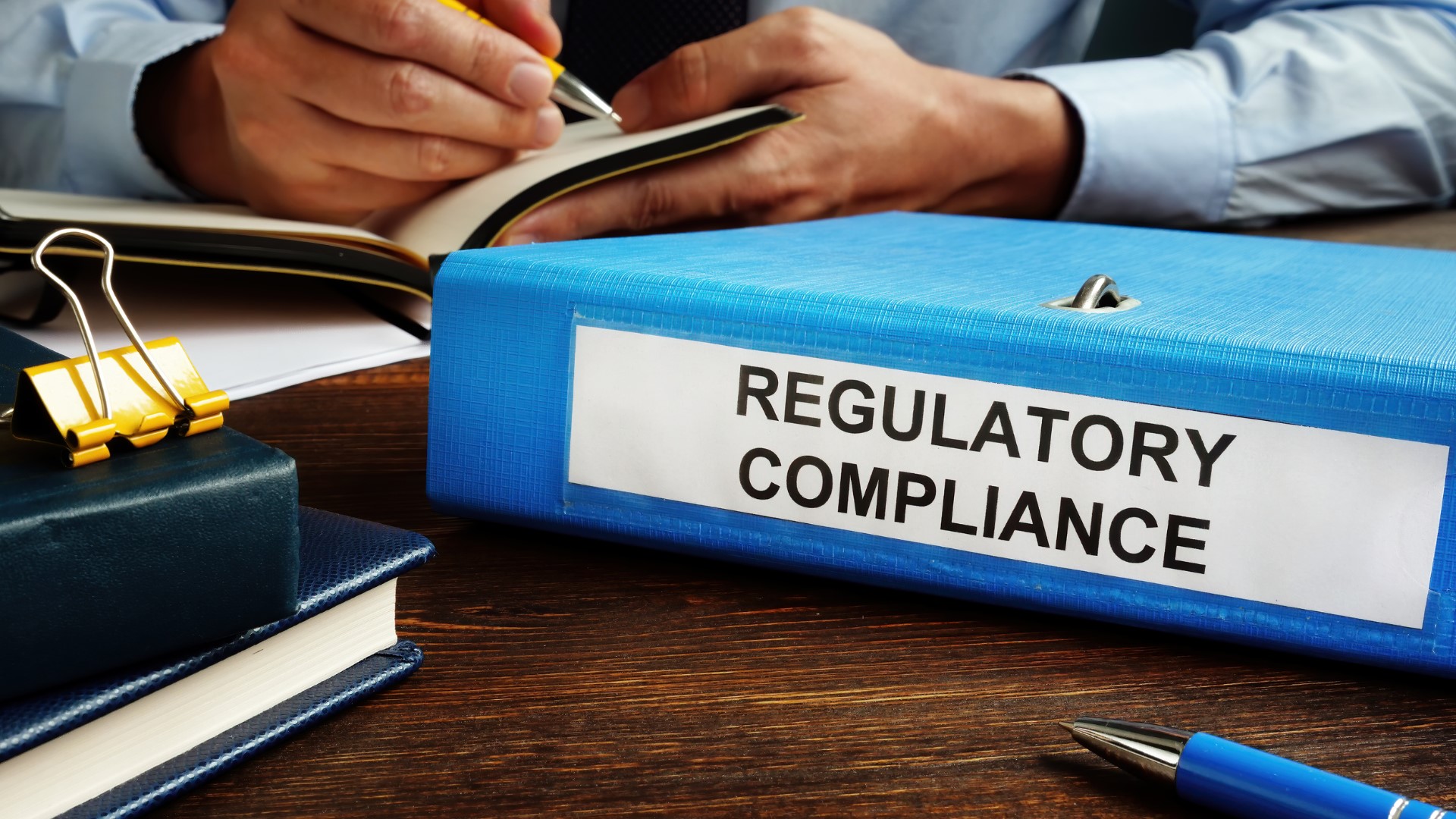
30 Oct European Sustainability Reporting Standards (ESRS): What You Need to Know
Since January 2024, the European Sustainability Reporting Standards (ESRS) have set a new framework for sustainability reporting in Europe. These standards, enforced by the Corporate Sustainability Reporting Directive (CSRD), aim to enhance transparency in environmental, social, and governance (ESG) reporting across the continent.
With the introduction of 12 core ESRS, the European Union takes a significant step toward embedding sustainability into business practices and driving the shift to a sustainable economy.
This comprehensive guide will help you understand the importance of ESRS, its framework, and how your business can prepare for compliance in five simple steps.
What are the European Sustainability Reporting Standards (ESRS)?
The ESRS were developed by the European Financial Advisory Group (EFRAG) and adopted by the European Commission in July 2023. These standards are designed to provide a consistent and comparable framework for sustainability reporting across Europe, with the goal of holding businesses accountable for their ESG impacts, risks, and opportunities.
Two Key Pillars of the ESRS
- Alignment with Global Standards: The ESRS framework ensures a high level of interoperability with established international standards, such as the Global Reporting Initiative (GRI) and the Task Force on Climate-Related Financial Disclosures (TCFD). This alignment helps businesses streamline reporting efforts across different regions.
- Consistency with EU Legal Frameworks: The ESRS are closely aligned with the EU Green New Deal and the Sustainable Finance Disclosure Regulation (SFDR), ensuring that businesses comply with broader European sustainability goals.
At the heart of the ESRS is the concept of double materiality, requiring companies to report not only on their impact on people and the environment but also on how sustainability issues affect their financial performance.
The Importance of Double Materiality
A central principle in the European Sustainability Reporting Standards (ESRS) is double materiality, a concept that drives companies to look at sustainability from both an inside-out and outside-in perspective. This approach requires businesses to report on two key dimensions:
- Impact Materiality: This refers to the impact that the company’s operations have on society and the environment. Companies are expected to disclose how their activities influence environmental factors such as carbon emissions, resource use, biodiversity, and social factors like labor conditions and community well-being. This inside-out view ensures that businesses are held accountable for the external consequences of their actions, aligning with global sustainability goals.
- Financial Materiality: This dimension focuses on how external sustainability issues, such as climate change, resource scarcity, and regulatory changes, can affect the company’s financial performance, resilience, and risk profile. This outside-in perspective requires businesses to assess and report on how these sustainability factors influence their bottom line, future profitability, and long-term strategy.

Why Double Materiality Matters
The inclusion of double materiality in the ESRS represents a major shift in how companies approach sustainability reporting, as it forces organizations to take a broader and more integrated view of their role in society. Here’s why this approach is critical:
- Holistic Reporting: Double materiality ensures that companies do not focus solely on their financial exposure to sustainability risks but also consider their broader impact on people and the planet. This leads to a more comprehensive understanding of a company’s role in fostering sustainable development.
- Stakeholder Relevance: The dual lens helps cater to a wider range of stakeholders, including investors, customers, regulators, and communities. Investors are particularly interested in financial materiality to assess risks and opportunities that could affect future returns. Meanwhile, impact materiality speaks to the growing demand from consumers and civil society for businesses to act responsibly and sustainably.
- Strategic Advantage: By evaluating and managing both internal impacts and external risks, companies can improve their resilience and adaptability in a rapidly changing world. This proactive approach allows organizations to anticipate regulatory shifts, such as stricter environmental laws, and societal trends, such as increasing consumer preference for ethical brands, positioning them for long-term success.
- Legal Compliance and Global Alignment: Double materiality aligns the ESRS with global sustainability standards like the Global Reporting Initiative (GRI) and the Task Force on Climate-related Financial Disclosures (TCFD). This ensures that businesses comply with both European regulations and international best practices, simplifying cross-border reporting and enhancing transparency.
In essence, double materiality transforms sustainability reporting from a mere compliance exercise into a strategic tool. It enables companies to demonstrate not only how sustainability issues affect them but also how they are contributing—or detracting—from broader environmental and social goals. This approach ensures that sustainability becomes an integral part of corporate decision-making, rather than a separate consideration.
Breaking Down the ESRS Framework
The ESRS framework serves as the foundation for CSRD compliance, with standards divided into three core categories:
- Cross-Cutting Standards: These mandatory standards apply to all companies subject to the CSRD and include two key requirements:
- ESRS 1: General requirements for sustainable reporting.
- ESRS 2: General disclosures on governance, strategy, and risk management, relevant across all sustainability topics.
- Topical Standards: The ESRS includes ten non-mandatory topical standards covering specific areas of environmental, social, and governance issues. For instance:
- ESRS E1: Climate change reporting requirements.
- ESRS S1: Workforce conditions and labor standards.
- Sector-Specific Standards (Expected by June 2026): These will provide tailored reporting standards for various industries, ensuring that each sector’s unique sustainability challenges are addressed effectively.
Five Simple Steps to Prepare for ESRS Compliance
Embarking on the path to ESRS compliance may seem daunting, but with the right approach, businesses can leverage this opportunity to strengthen their sustainability practices. Here are five practical steps to help you prepare:
1. Understand the ESRS Requirements
Before diving into compliance, familiarize yourself with the full scope of the ESRS. Make use of resources such as webinars, official guidance documents, and expert consultations to gain a clear understanding of what your company needs to report.
2. Conduct a Double Materiality Assessment
Not every sustainability topic will be material to your business. Conducting a double materiality assessment will help you determine which ESRS topics are relevant to your operations. This process involves analyzing how your company impacts the environment and society and how those issues, in turn, affect your business financially.
3. Evaluate Current Data and Reporting Gaps
Assess your current sustainability reporting efforts to identify gaps in your data collection processes. Mapping your existing disclosures against ESRS requirements can help highlight missing data and improve the quality of your reporting. This evaluation is key to ensuring that your company is prepared for the detailed reporting expected under the ESRS.

4. Plan Your Data Collection Strategy
Develop a strategy to address the data gaps identified in your evaluation. This includes defining the roles and responsibilities within your team, as well as setting up the necessary systems to collect, manage, and report the required data. Streamlining your data collection process will help ease the transition to ESRS compliance.
5. Prepare for External Audits and Assurance
The CSRD mandates third-party auditing of sustainability reports. To avoid last-minute surprises, proactively engage with external auditors and verification partners. Early preparation will ensure a smooth auditing process and help your company stay ahead of regulatory deadlines.
Ready for the Future? Start Preparing Today
The ESRS is more than a regulatory framework—it represents a new era of corporate accountability and transparency. By standardizing sustainability reporting, the ESRS allow businesses to align their practices with global best practices, improving investor confidence and fostering a more sustainable marketplace.
Although the journey toward ESRS compliance may pose challenges, the long-term benefits for companies include enhanced reputation, stronger stakeholder relationships, and the ability to contribute meaningfully to global sustainability efforts.
As the CSRD implementation timeline draws closer, businesses must act now to ensure compliance with the ESRS. With its clear guidelines, emphasis on double materiality, and alignment with international standards, the ESRS presents an opportunity for companies to enhance their sustainability efforts and lead the charge toward a more sustainable future.

No Comments